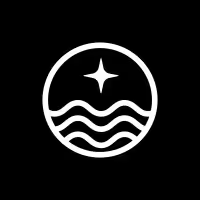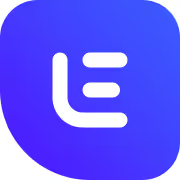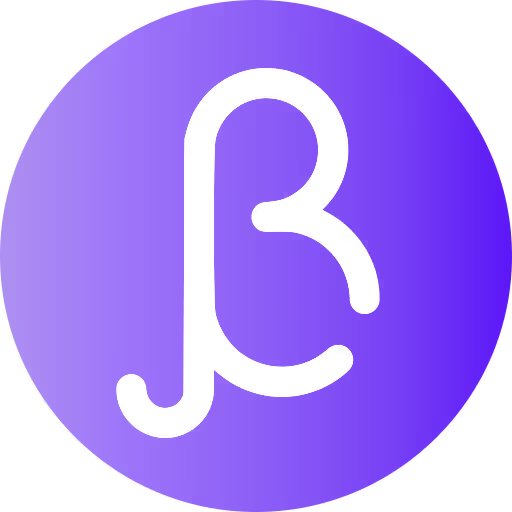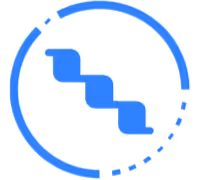What is waterfall enrichment?
Waterfall enrichment is a method that adds data step-by-step from multiple sources to improve data accuracy and completeness.
What can waterfall enrichment do?
It increases data accuracy by filling missing information from several sources in sequence until complete.
How does waterfall enrichment work?
It tries one data source first and moves to the next only if data is missing, ensuring reliable enrichment.
Is waterfall enrichment easy to set up?
Yes, most tools offer simple setup with drag-and-drop or preset configurations for quick start.
Is waterfall enrichment free?
Some tools offer free plans with limited features; full capabilities usually require paid subscriptions.
What is the common waterfall enrichment pricing?
Pricing often ranges from $50 to $200 per month depending on data volume and features.
What are the types of waterfall enrichment?
Common types include contact data, company info, and intent data enrichment done in sequence.
Does waterfall enrichment work with email?
Yes, it often includes email verification and appending missing email addresses to contacts.
What are the best waterfall enrichment tools?
Top tools include Clearbit, ZoomInfo, and Kickfire, known for accurate and integrated data enrichment.
What are common waterfall enrichment integrations?
They commonly integrate with CRMs, marketing platforms, and data warehouses for seamless workflows.





